The discovery of three new king cobra species, one of which is endemic to the Philippines, raises the question: “do we have enough antivenom in the Philippines?”
The answer: “no”
But this shortage is not just felt in the Philippines but all over the world.
The good news is that antivenom development is very active and researchers all over the world are looking for ways to synthesize antivenom that can be applied to a vast majority of venomous bites from various venomous animals.
What is Antivenom?
Antivenom AKA antivenin, antivenom immunoglobulin, venom antiserum is used to treat certain venomous bites and stings. This is species specific and is recommended if there is a high risk of toxicity present in the victim’s body.
Although venom comes from a variety of animals, we are going to focus on cobra antivenom and work our way to other types of antivenom as we progress with this blog.
Who Produces Antivenom?
As of January 2022, The Thai Red Cross Society, Queen Saovabha Memorial Institute (Bangkok, Thailand) is the only antivenom producer in the world that manufactures the specific antivenom, Ophiophagus hannah Monovalent Antivenom (OhMAV), raised against the King Cobra venom of Thai origin.
In the Philippines, we have the DOH-Research Institute for Tropical Medicine (RITM) which is considered the only manufacturer of anti-venom vaccines to supply the requirement nationwide. They are the ones responsible for the Philippine Cobra antivenom or PCAV.
The Vicente Sotto Memorial Medical Center has also come up with their own antivenom but is not commercially available since it is still not FDA-approved. It can only be administered to snake-bite victims with obvious signs of toxic shock under a CSP or Compassionate Special Permit issued by the FDA.
The Philippines is Home to Lots of Venomous Snakes!
Here’s a list of venomous snakes in the Philippines:
King Cobras
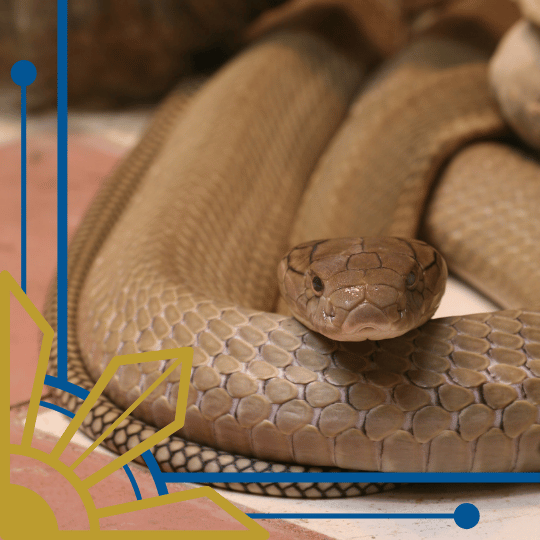
Ophiophagus salvatana – Luzon King Cobra (originally fell under Ophiophagus hannah classification)
Ophiophagus bungarus – Sunda King Cobra (originally fell under Ophiophagus hannah classification)
True Cobras
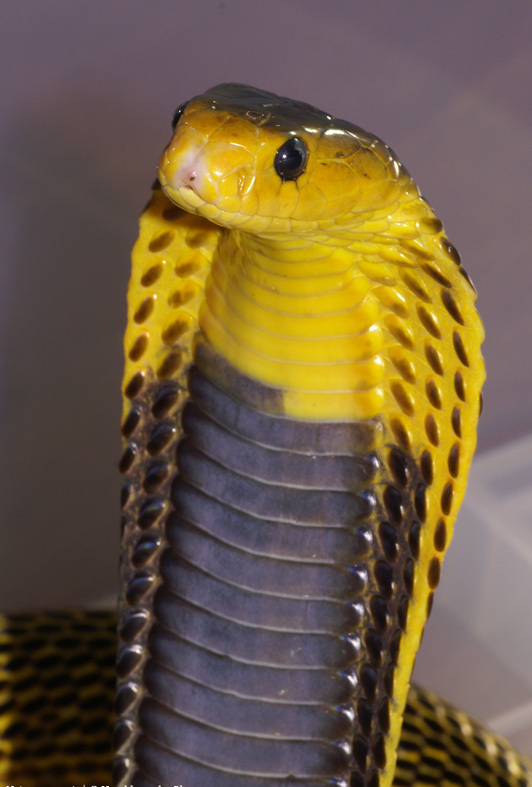
Naja philippinensis – Northern Philippine cobra
Naja samarensis – Southeastern Philippine cobra
Naja sumatrana – Equatorial spitting cobra
Lance-Headed Pit Vipers
Tropidolaemus subannulatus – North Philippine temple pit viper
Trimeserus flavomaculatus – Philippine pit viper
Subspecies
Trimeserus flavomaculatus halieus – Polillo pit viper
Trimeserus flavomaculatus mcgregori – Bataan pit viper
Coral Snakes
Calliophis intestinalis bilineata – Palawan long-glanded coral snake
Calliophis intestinalis philippina – Northern Philippine long-glanded coral snake
Calliophis intestinalis suluensis – Sulu long-glanded coral snake
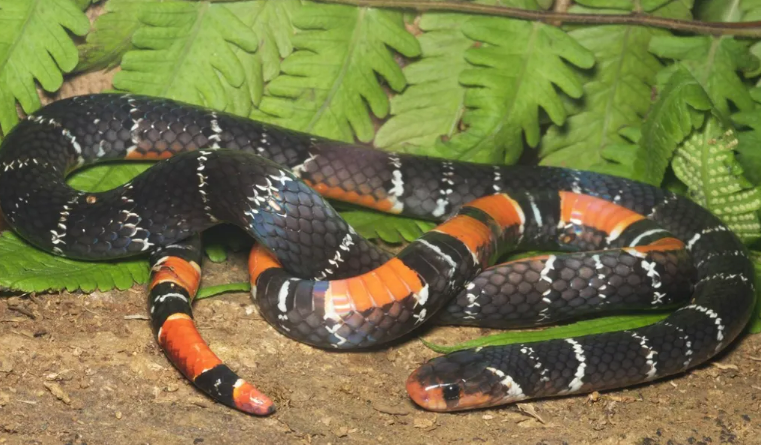
Calliophis calligaster (Hemibungarus calligaster) – Philippines coral snake
Calliophis calligaster gemianulis – Central Philippine coral snake
Calliophis calligaster mcclungi – Polillo coral snake
Sea Snakes
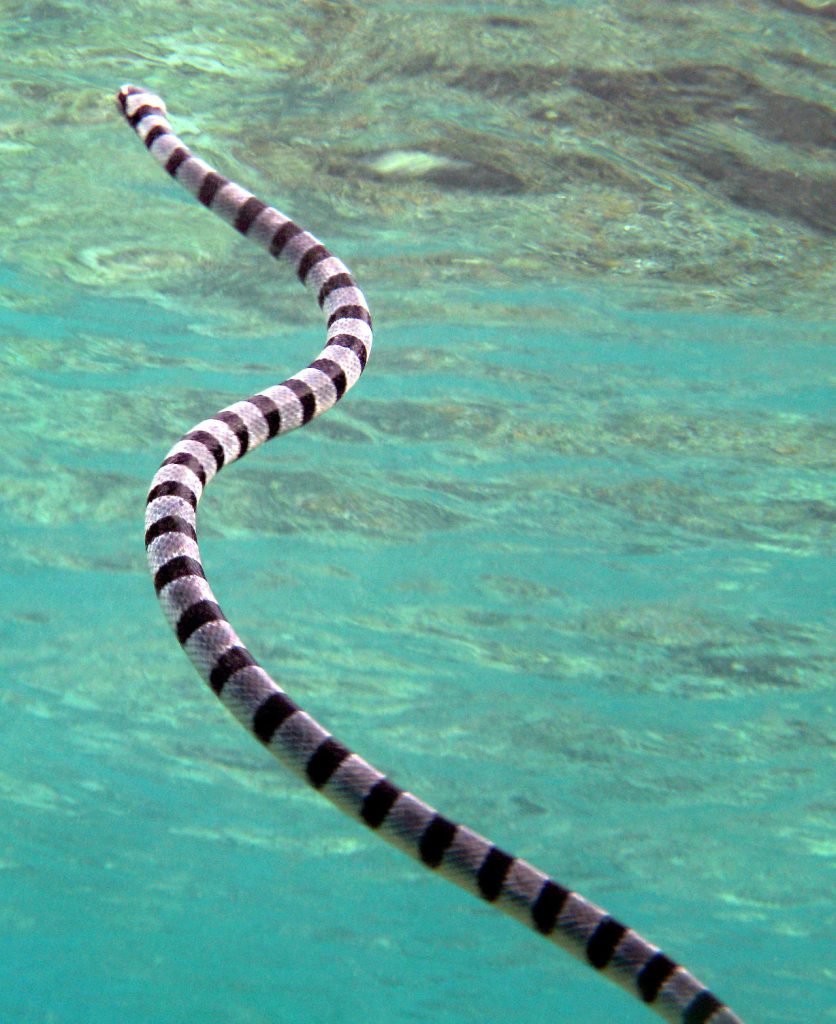
Aipysurus eydouxii – Olive brown sea snake
Astrotia stokesii – Stoke’s sea snake
Hydrophis atriceps – Black-headed sea snake
Hydrophis belcheri – Belcher’s sea snake
Hydrophis brookii – Brook’s small-headed sea snake
Hydrophis caerulescens Dwarf sea snake
Hydrophis cyanocinctus – Annulated sea snake
Hydrophis fasciatus – Banded small-headed sea snake
Hydrophis hardwickii – Hardwicke’s sea snake
Hydrophis jerdonii – Jerdon’s sea snake
Hydrophis lamberti – Lambert’s sea snake
Hydrophis melanosome – Black-banded sea snake
Hydrophis ornatus – Reef sea snake
Hydrophis platurus – Pelagic sea snake
Hydrophis schistosus – Beaked sea snake
Hydrophis semperi – Lake Taal sea snake
Hydrophis spiralis – Yellow sea snake
Laticauda colubrina – Yellow-lipped sea krait
Laticauda laticaudata – Black-banded sea krait
Laticauda semifasciata – Broad-banded Blue sea krait
Thalassophis anomalus – Anomalus sea snake
Whether you’re on land or in the water, there are snakes present. Good thing there aren’t any in the air unless we mention the mildly venomous Paradise tree snake or paradise flying snake (Chrysopelea paradisi).
Yeah, this list doesn’t include mildly venomous snakes.
So, watch out for those listed above.
IMMEDIATE FIRST AID for bites by a King Cobra (Ophiophagus hannah)
Taken from UC San Diego
In the event of an actual or probable bite from a King Cobra, execute the following first aid measures without delay.
Disclaimer: As this was released before the discovery of the three new species of king cobras, some information may not be applicable. But in general, this is what you should do in the event of a bite from a king cobra regardless of species.
Snake:
- Make sure that the responsible snake or snakes have been appropriately and safely contained, and are out of danger of inflicting any additional bites.
Transportation:
- Immediately call for transportation.
Telephone:
- Call 911. Yes, we have 911 in the Philippines.
Victim:
- Keep the victim calm and reassured. Allow him or her to lie flat and avoid as much movement as possible. If possible, allow the bitten limb to rest at a level lower than the victim’s heart.
- Immediately wrap a large crepe bandage snugly around the bitten limb starting at the site of the bite and working proximally up the limb (the full length if possible). The bandage should be as tight as one might bind a sprained ankle. (From “First Aid for Snakebite” by Dr. S.K. Sutherland.)
- Secure the splint to the bandaged limb to keep the limb as rigid and unmoving as possible. Avoid bending or moving the limb excessively while applying the splint.
- DO NOT remove the splint or bandages until the victim has reached the hospital and is receiving Antivenom.
- Have the antivenom ready for the emergency crew to take with the victim to the hospital. Give them the following:
- the available antivenom (at least 10 vials)
- the accompanying instruction (Protocol) packet
- the victim’s medical packet (if available)
DO NOT cut or incise the bite site
DO NOT apply ice to the bite site
Since I’m not a medical expert, here’s the rest of the recommendations and medical protocols in handling bites from king cobras.
Don’t Get Bit
With that information, the best thing you can do is not get bit.
But that only works in the perfect world.
Accidents do happen and random things can happen to people.
In the Philippines, the risk of coming into contact with a venomous animal is fairly high. And not just from snakes.
What Can You Do?
Avoid Being in a Situation Where You Will Most Likely Come in Contact with a Venomous Snake
This is hard to do in the Philippines because we do have a lot of venomous snakes living in the country. And since we are a highly agricultural country, a lot of our countrymen work in areas where cobras live.
Don’t Create a Conducive Environment for Snakes to Inhabit
Overcrowding and overpopulation has forced many Filipinos to encroach upon areas inhabited by venomous snakes like cobras. Add garbage and clutter into the mix and we are creating an environment that could lead to snakes clashing with humans.
Garbage attracts pests like rats and mice. Snakes eat rats and mice.
Keep your surroundings clean and you won’t have to worry too much about snakes.
If You See One, Don’t Go Near It
This is pretty obvious. Sometimes our curiosity gets the best of us and we find ourselves putting ourselves in unnecessary danger by being close to dangerous things.
Don’t be like me.
Don’t go near dangerous things like snakes.
Call an expert to handle it.
Conclusion
There is very little antivenom available in the Philippines. There is also a massive shortage of antivenom globally.
And antivenom is usually specific to the animal that delivered the venom.
Add the high price attached to it and you have a really good reason not to get yourself into situations where you could get bit by a venomous snake or animal like a cobra.
Stay away from them as much as you can. You can easily outrun them, and cobras are usually shy.
Was this helpful? Tell us how we can help you some more. Send us an email.

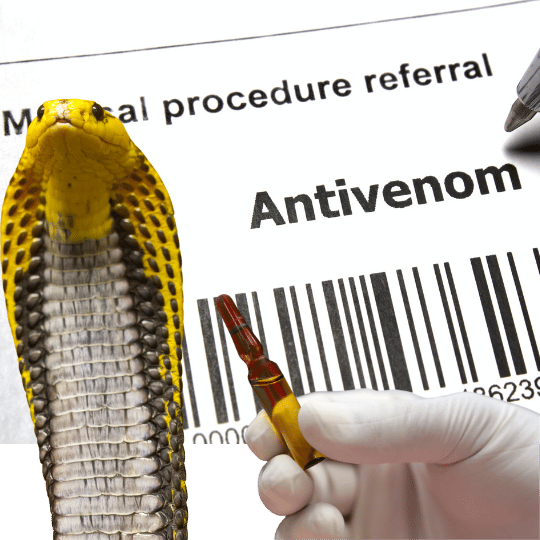
Comments